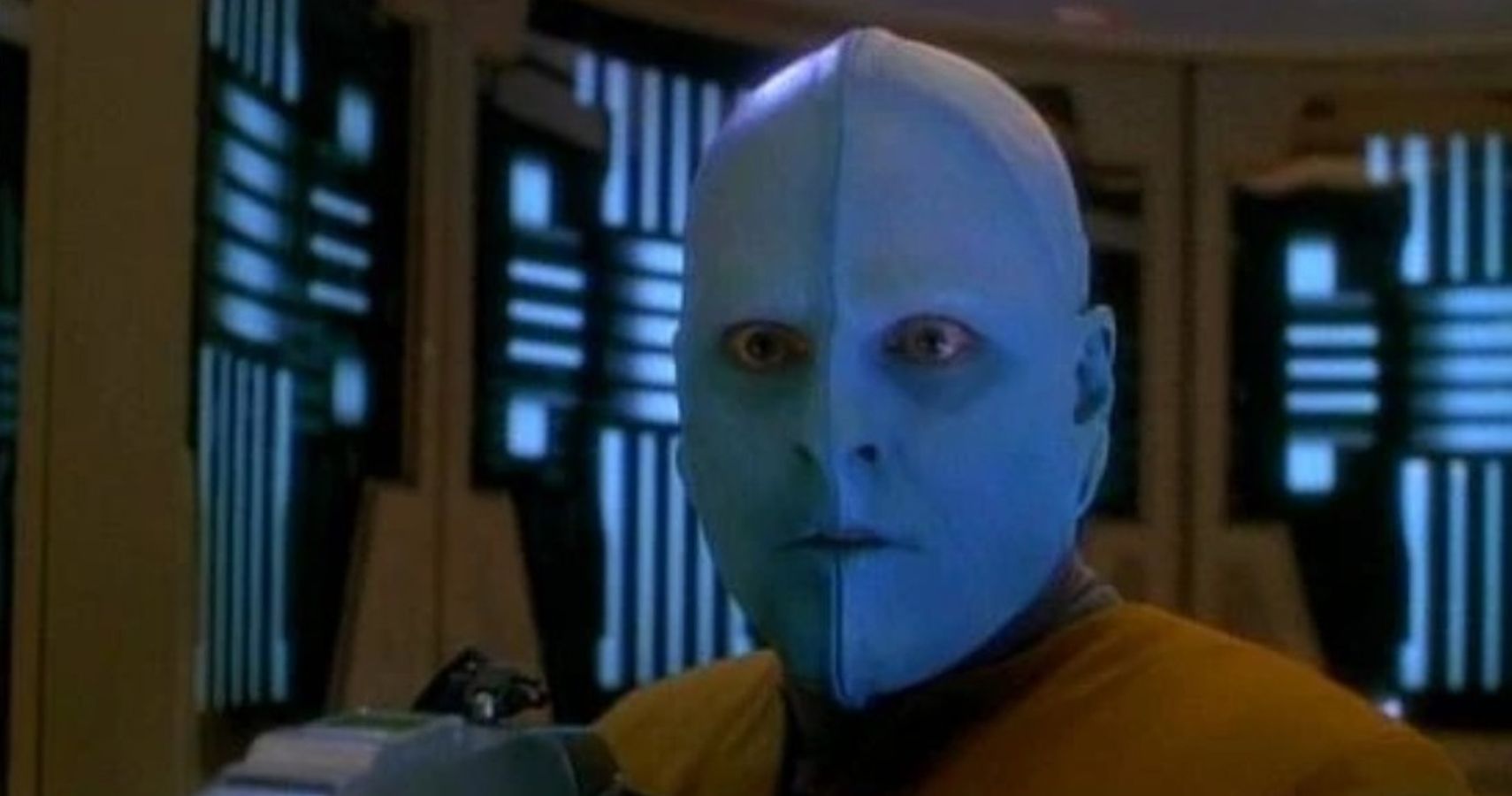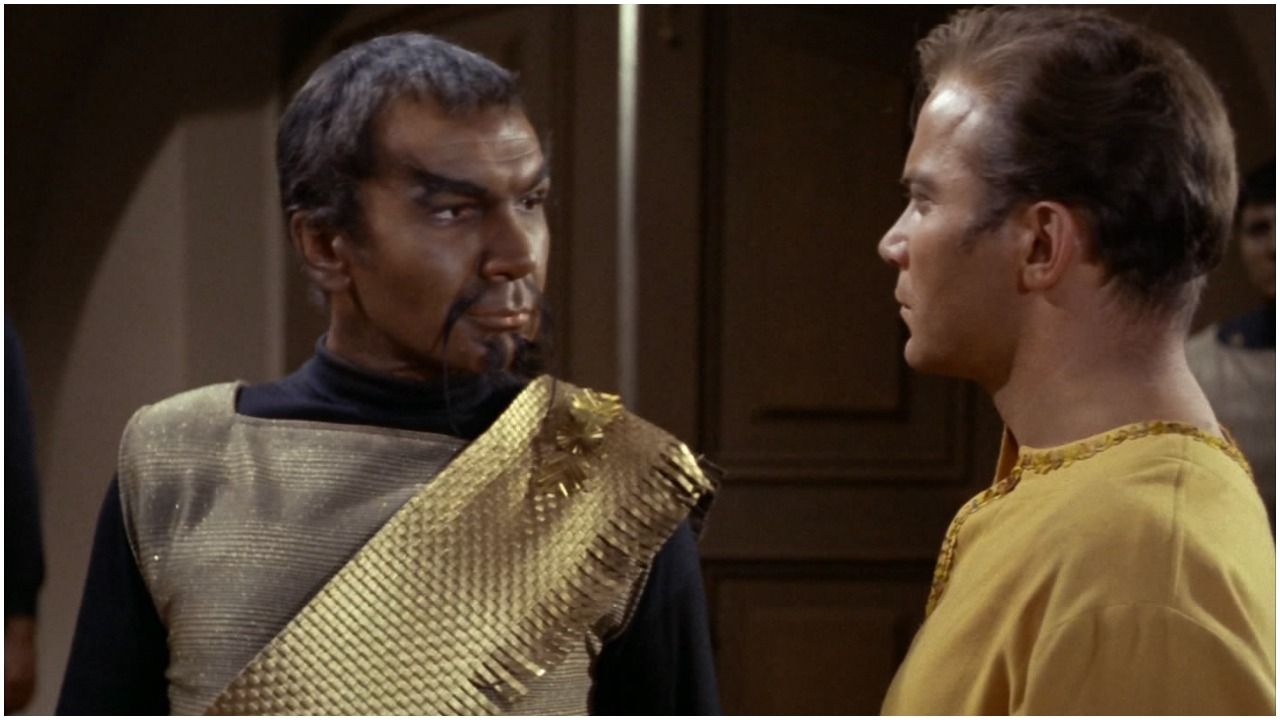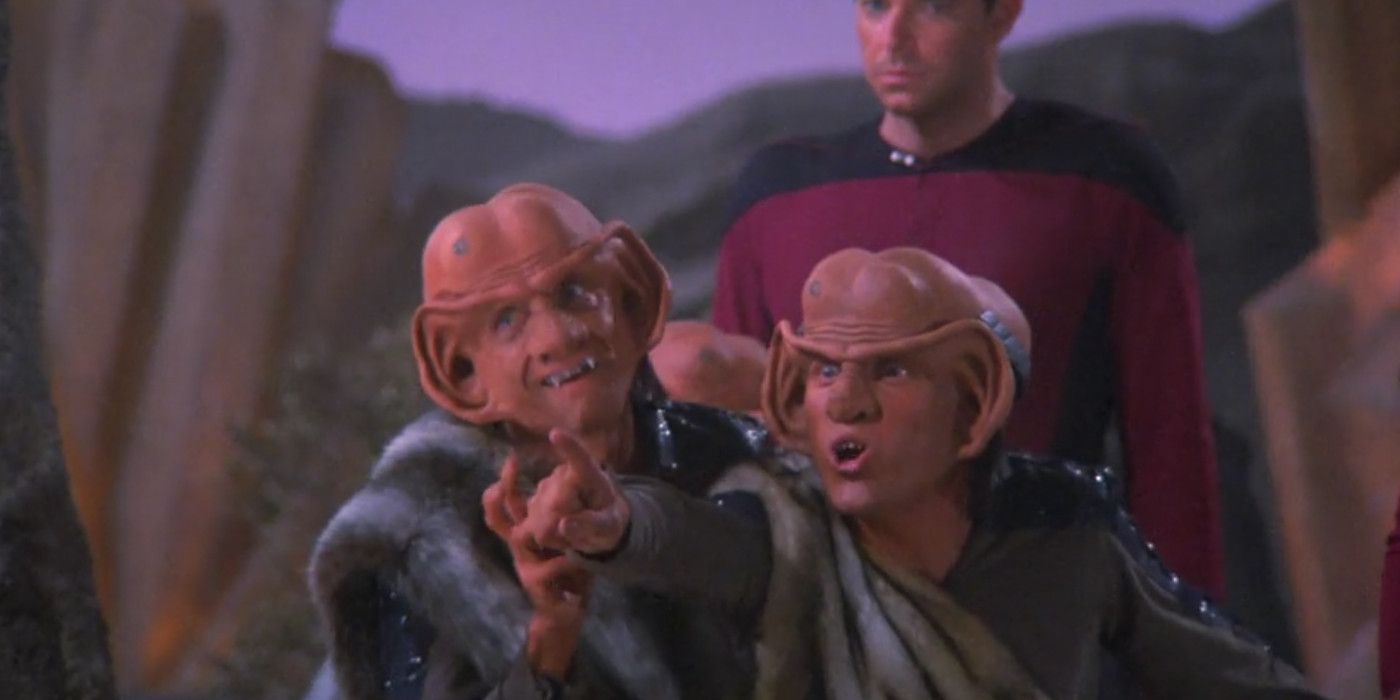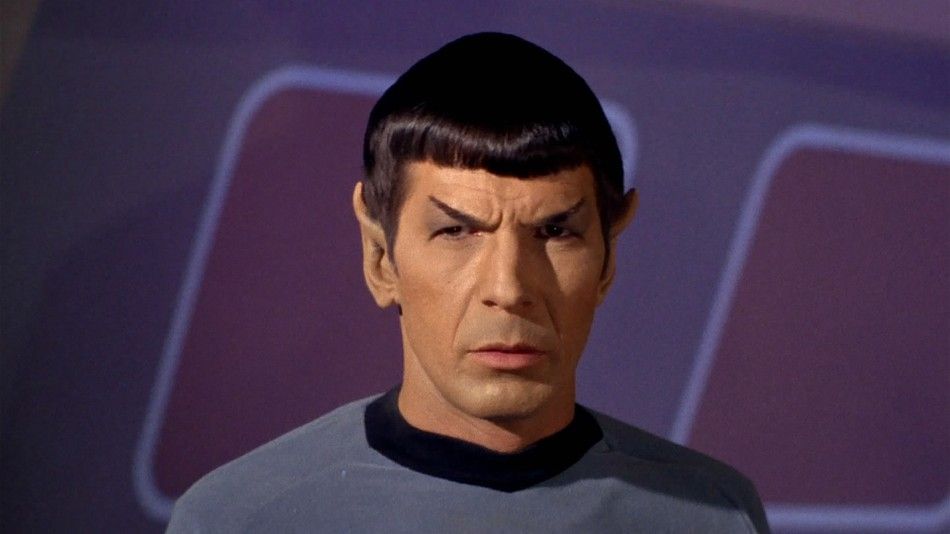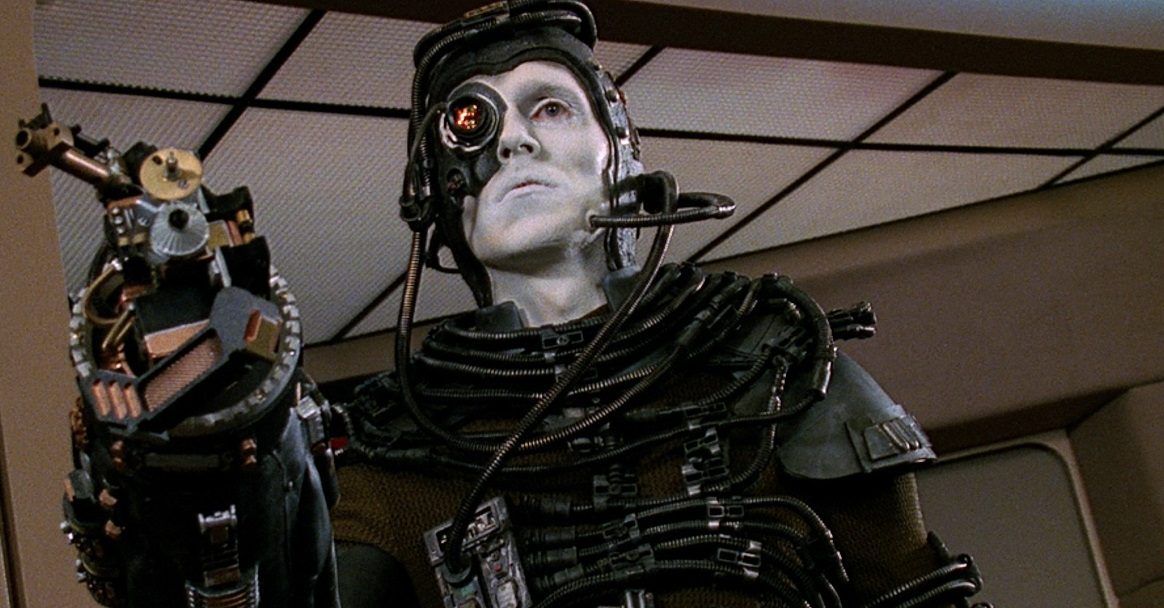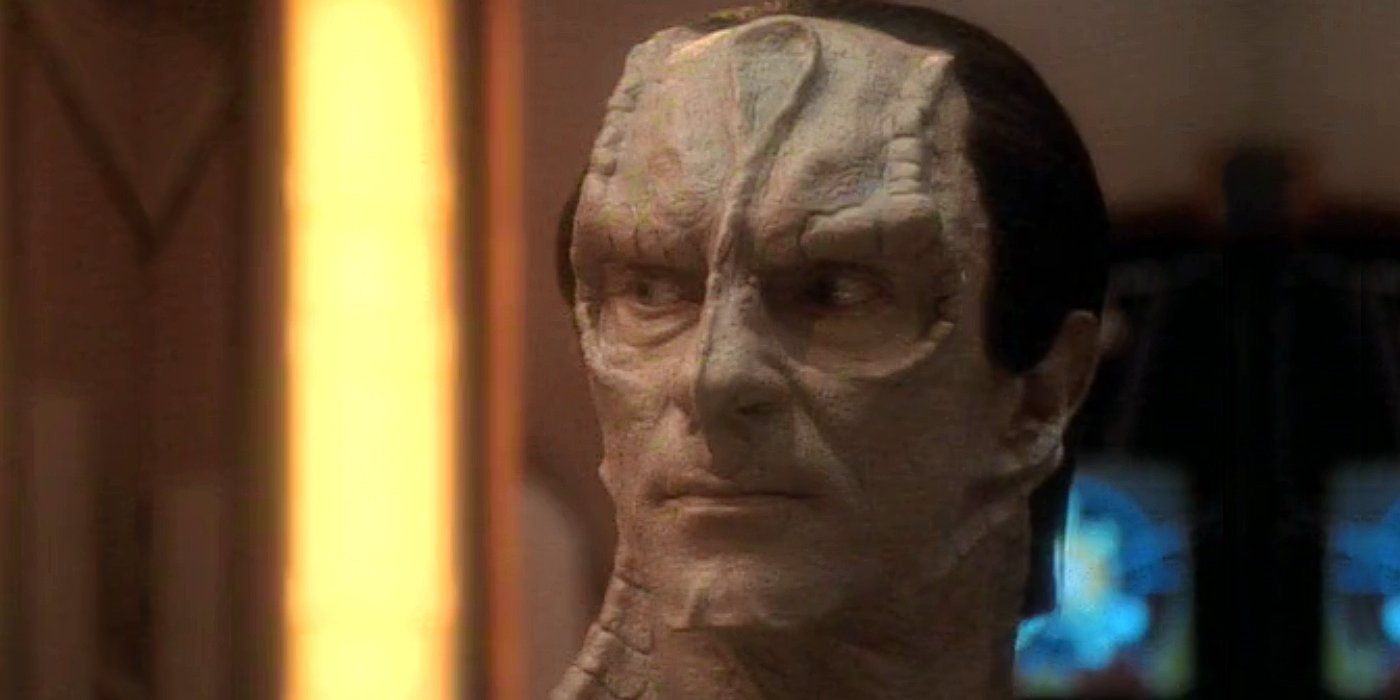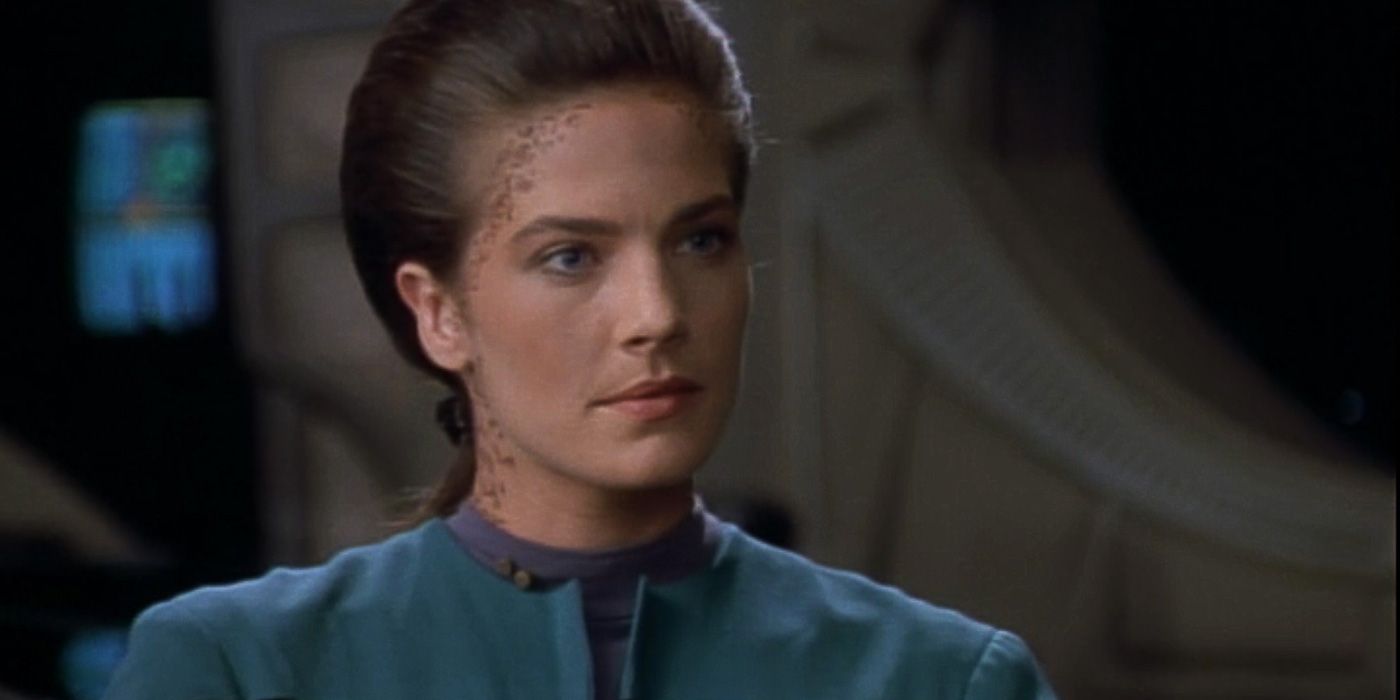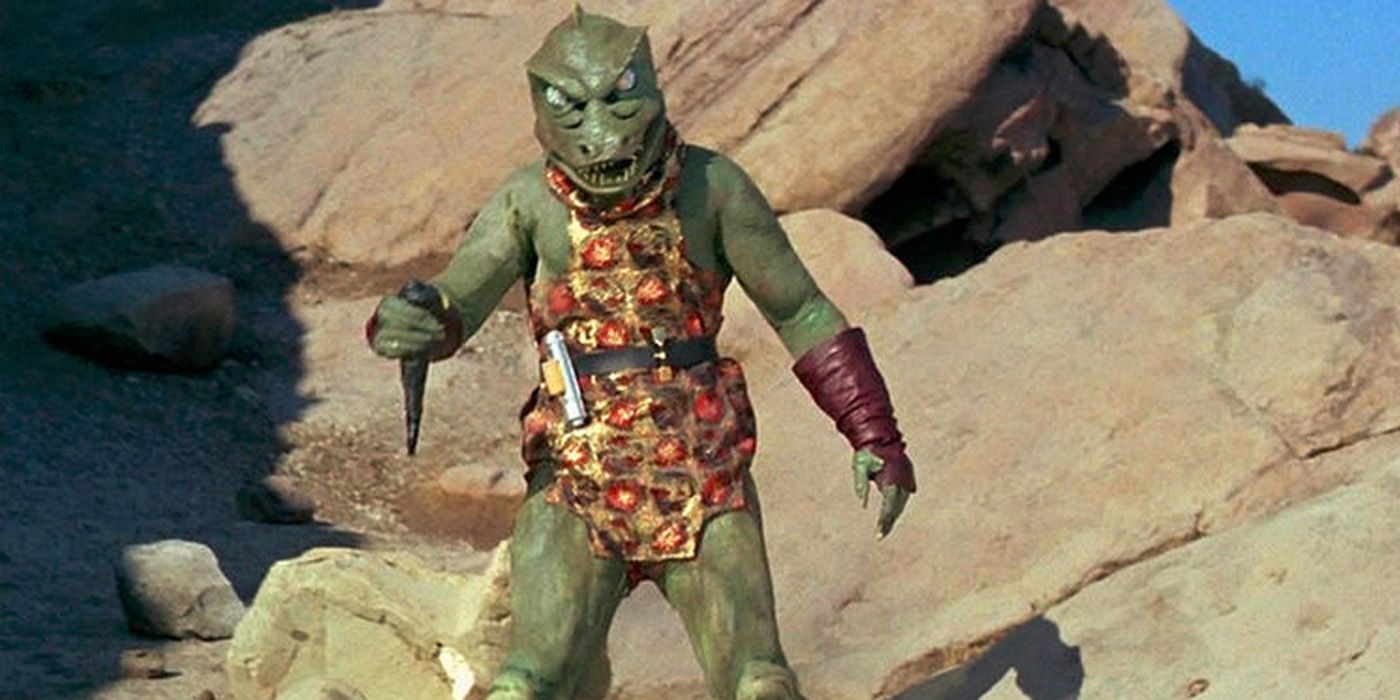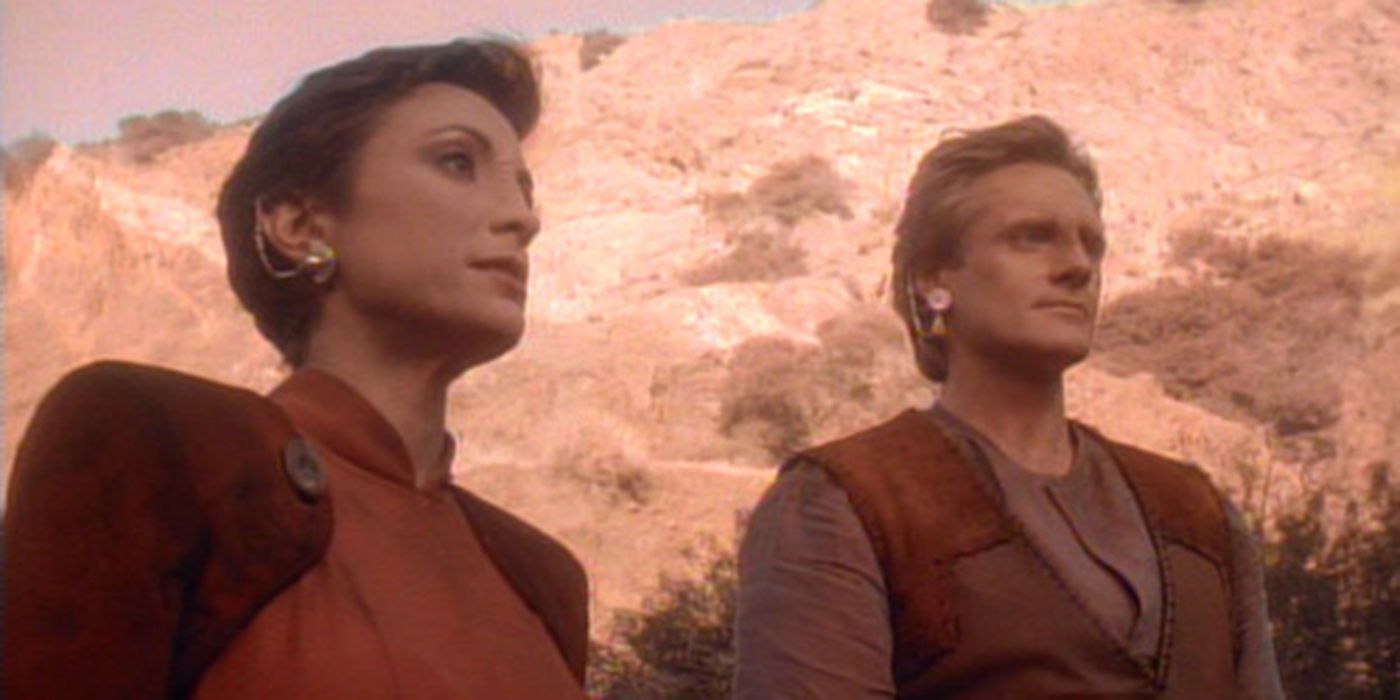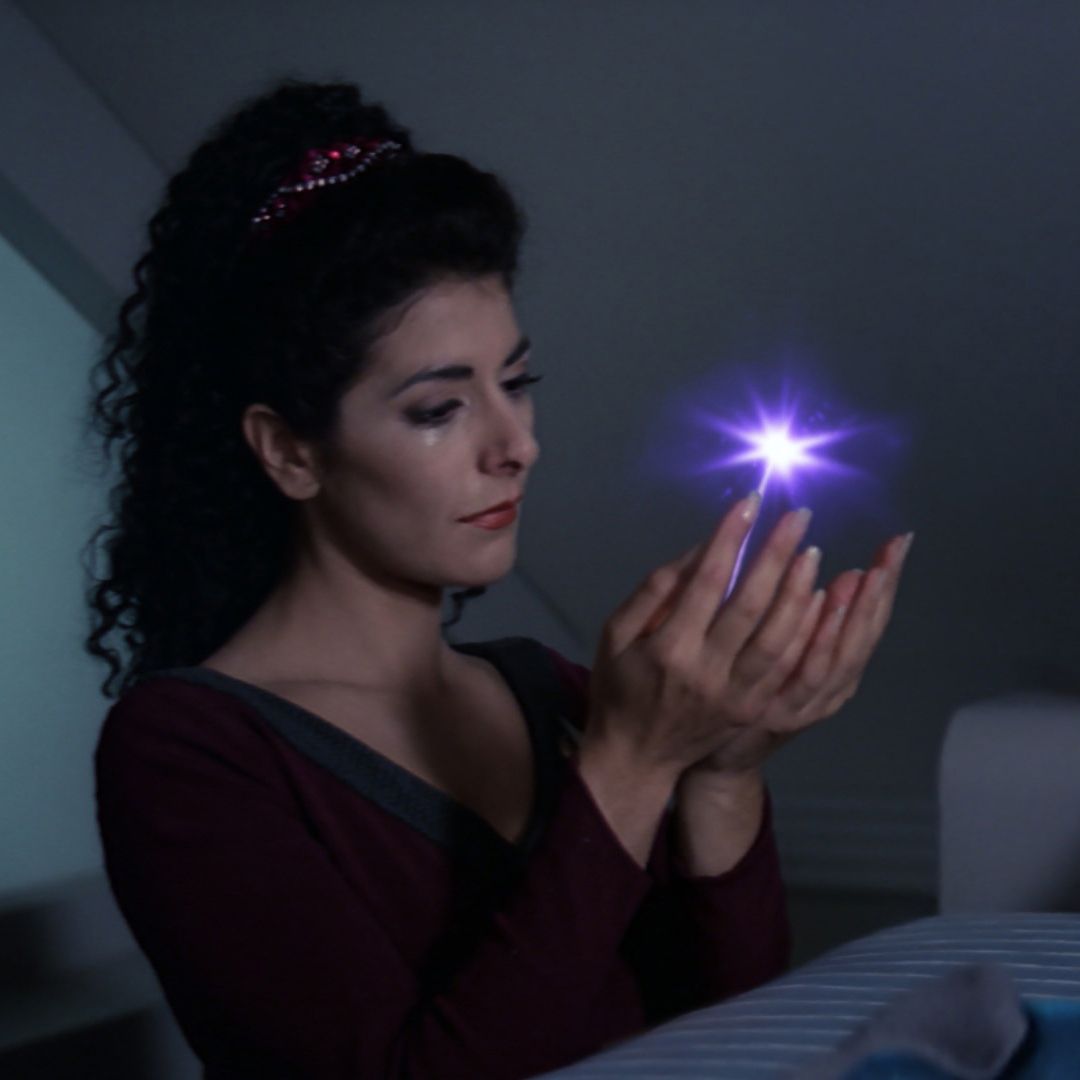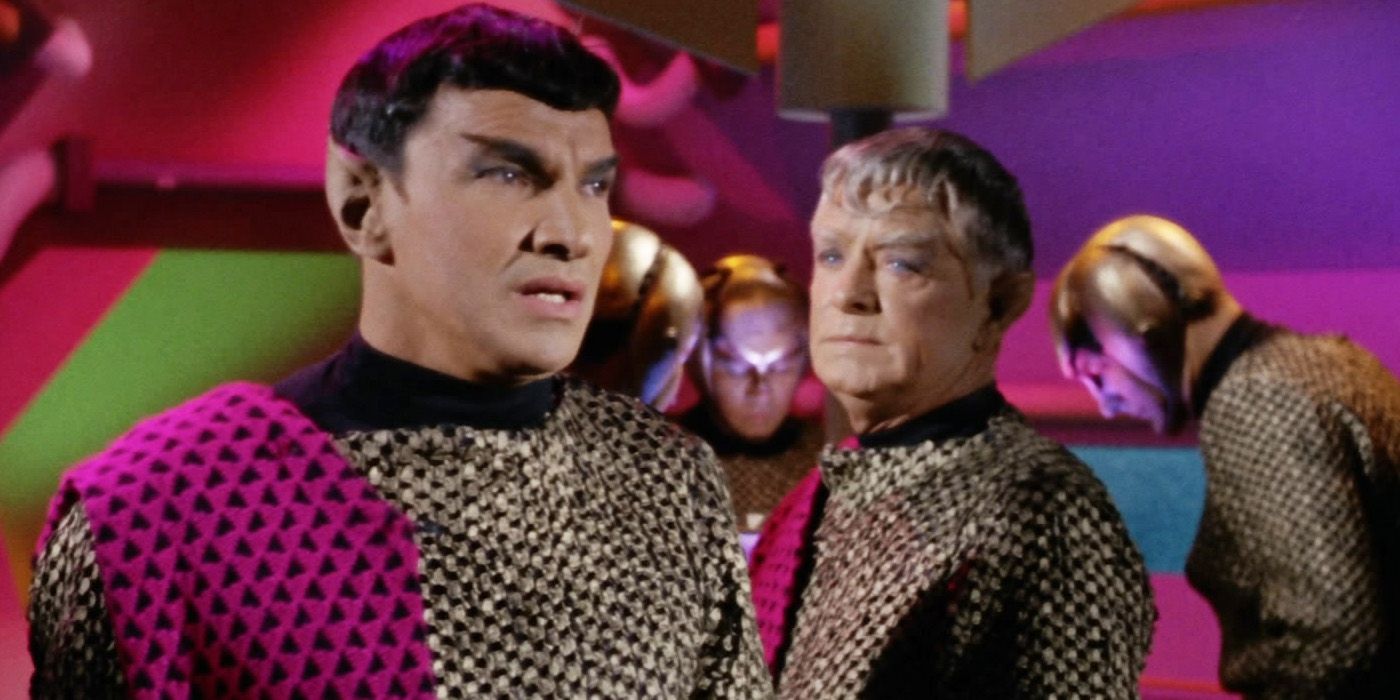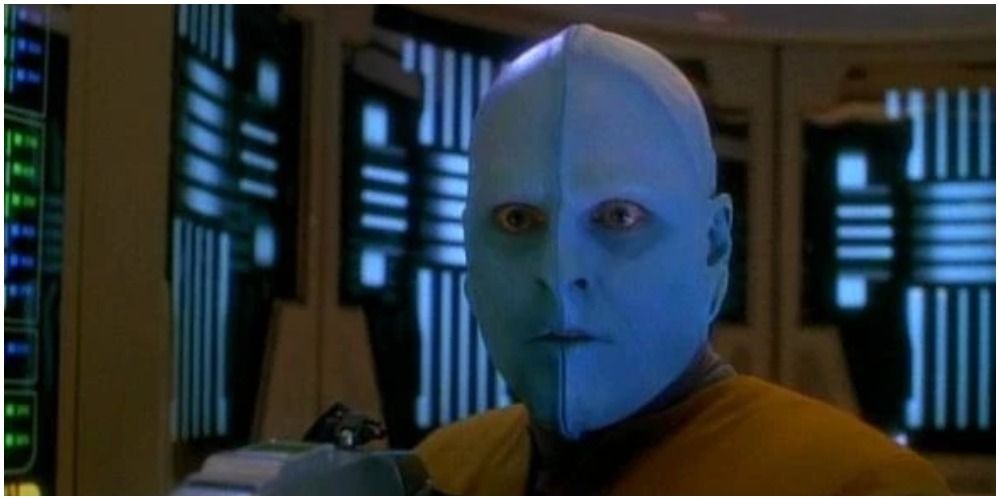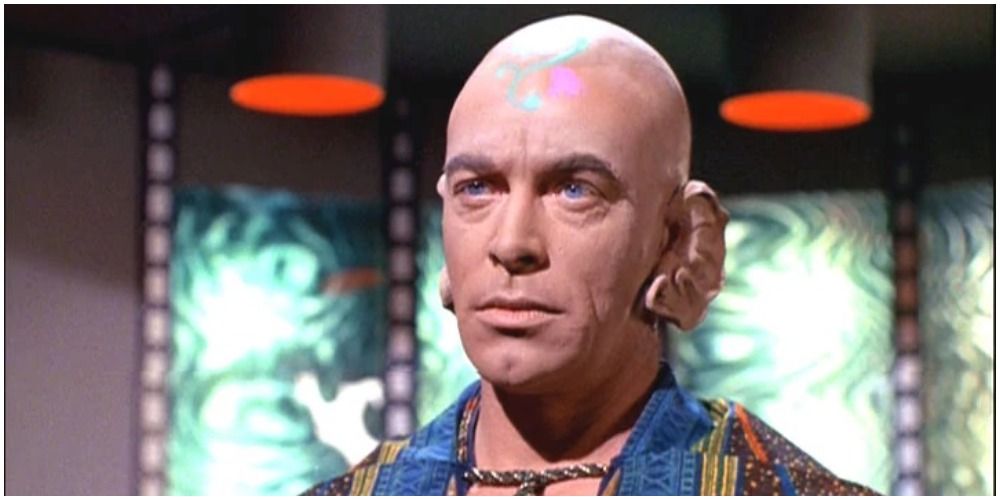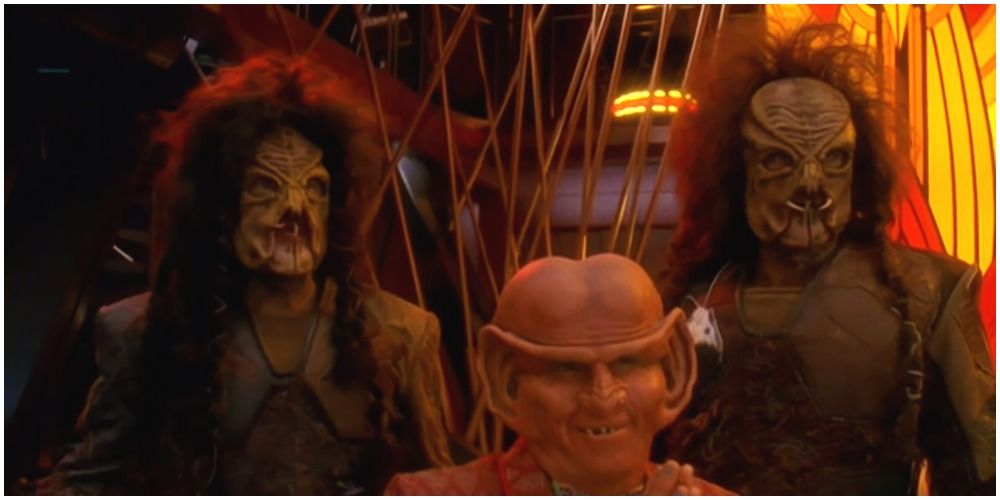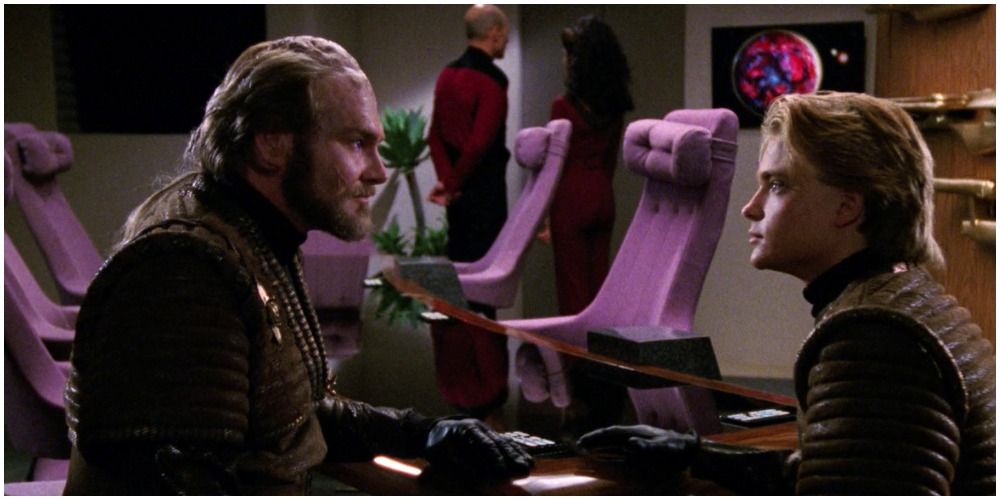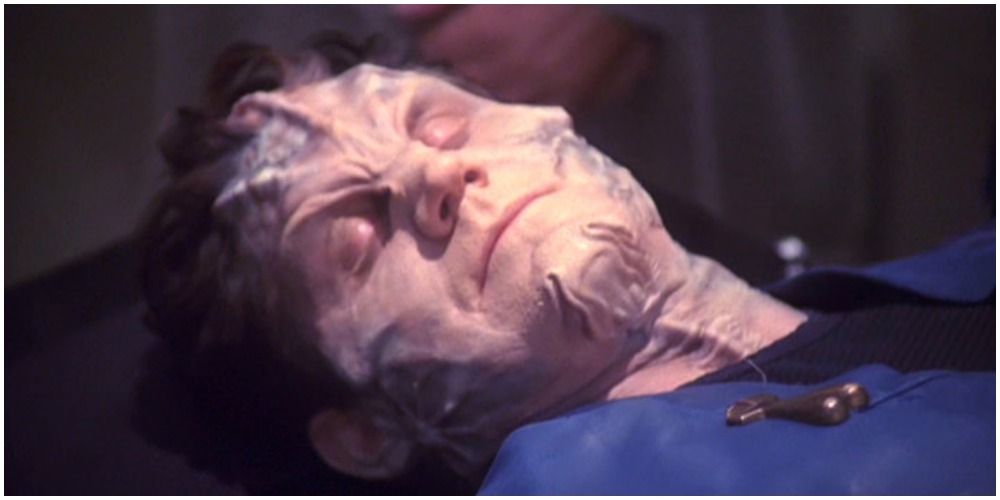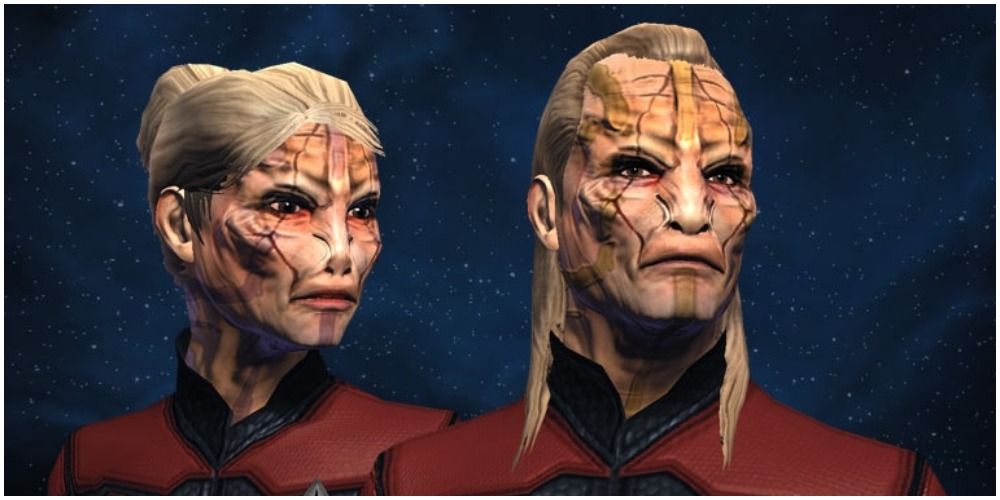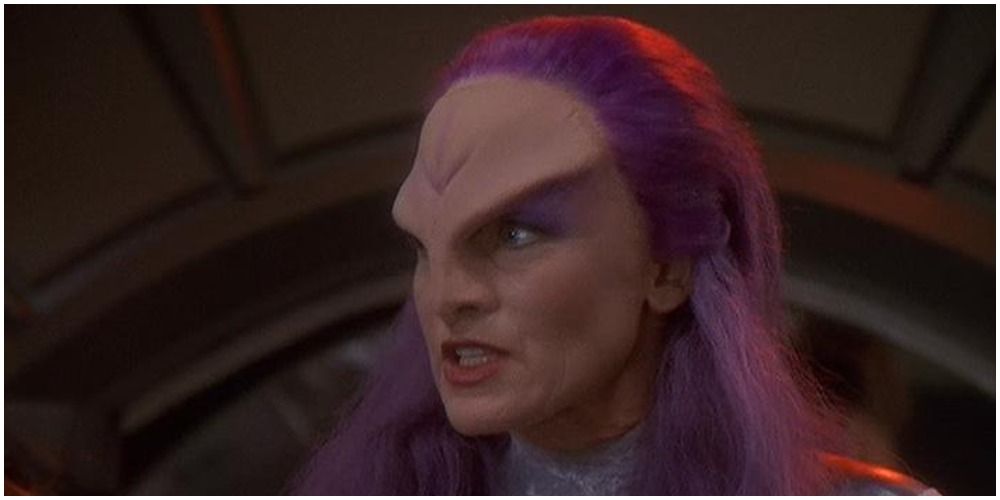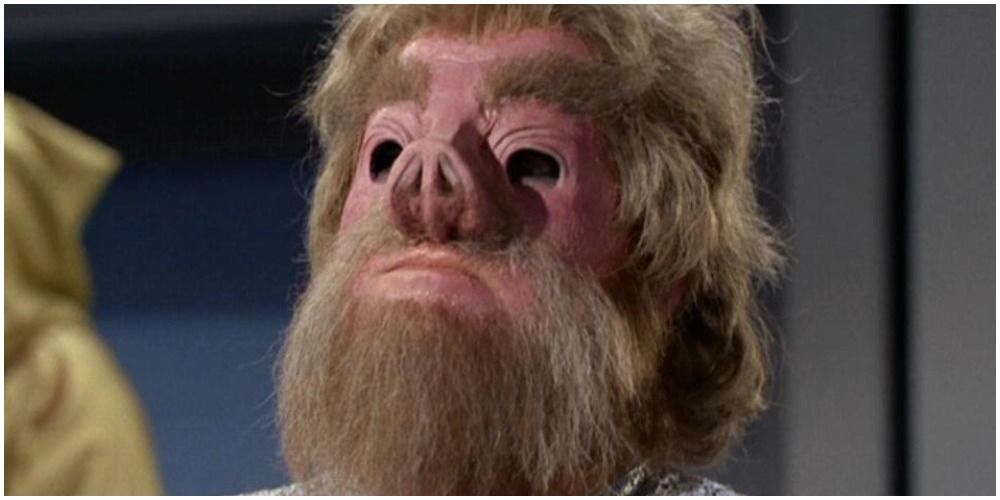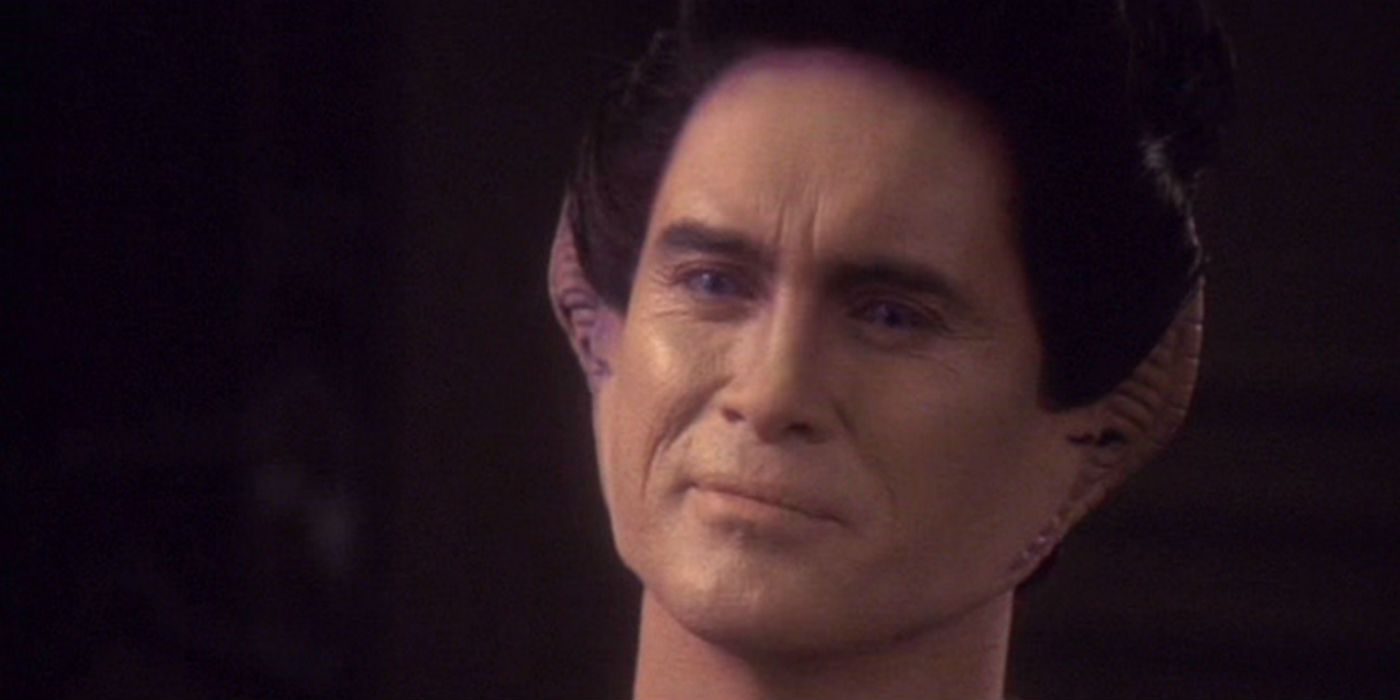When Star Trek: The Original Series entered production, there was no way that any of the actors or crew knew what they were getting into. For many of the people who worked on the show, it was just another television job that would soon be replaced by another, yet Star Trek: The Original Series would go on to become one of the most influential TV shows of all time, to the point where Star Trek projects are still being made to this day.
The budget on Star Trek: The Original Series was extremely limited, which meant that the aliens that appeared were often just actors in makeup, with prosthetics and full suits being a rare sight on the show. When Star Trek returned in the form of the movies, the production budget increased to the point where the aliens could look more impressive than before.
The aliens that have appeared in the various Star Trek series have a tendency to change between each iteration. The changing standards of special effects are one reason for this, while a change in personality to suit a brand new storyline is often the other.
The Star Trek aliens have been known to totally change within the space of a single appearance without any kind of explanation or discussion from the characters within the show.
We are here today to see how the most iconic Star Trek aliens changed between their appearances - from the Klingons who strapped a pastry to their head, to the changing priorities of the Borg.
Here are Twenty Alien Races From Star Trek That Completely Changed (And It Made No Sense).
The Klingons
The Klingons underwent the most drastic physical change out of any of the races in Star Trek.
When the Klingons were introduced in Star Trek: The Original Series, they looked just like humans with copper-colored skin and odd facial hair. The Star Trek movies established that the Klingons had forehead ridges, which became the established look for the race.
The reason why Klingons looked so different in Star Trek: The Original Series was teased several times during the TNG era, but we wouldn't receive an official reason why until Star Trek: Enterprise, where it was established that the humanoid Klingons were a result of a genetic engineering experiment gone wrong and that these physical changes would eventually become reversible.
The Ferengi
Gene Roddenberry had originally wanted to avoid using any of the classic Star Trek aliens when creating Star Trek: The Next Generation, which didn't work out, but he still made a lot of new foes for the Enterprise to encounter.
The Ferengi were originally planned to replace the Klingons as the new warlike race of the show. The Ferengi we saw in "The Last Outpost" bounced around like animals and the cast of the show didn't take them seriously as a threat.
As time went on, the Ferengi were redefined as a species who were obsessed with money and their original militaristic ambitions were forgotten, to the point where the Ferengi were known for hiring mercenaries from other species rather than putting themselves in danger.
The changes to the Ferengi were a positive move, as they were a joke when they were first introduced, but they found a place in the series as a means of making fun of modern-day capitalism.
The Vulcans
In the classic episode of Star Trek: The Original Series called "Amok Time," it's revealed that Spock is undergoing a Vulcan physiological change called the pon farr, which involves mating with another being or perishing.
It was clearly stated in "Amok Time" that only Vulcan males underwent the pon farr and that it was a closely guarded secret of Vulcan society.
Star Trek: Enterprise threw continuity out of the window when T'Pol underwent the pon farr in "Bounty," with episodes set in the mirror universe also establishing that she had lived through the pon farr.
One can't help but wonder if retconning the pon farr so that it affected females was just an excuse to make Jolene Blalock act so crazy on camera.
The Borg
The philosophy of the Borg species has changed several times over the course of Star Trek. When the Borg were first introduced, Q claimed that they were only interested in technology and had no desire to assimilate the crew of the Enterprise.
When the Borg next showed up, they suddenly decided that they wanted to assimilate all life in the universe, even though Star Trek: Voyager would later reveal that the Borg refused to assimilate the Kazon due to them being unworthy.
The Borg were also meant to be a single collective being, yet they suddenly had a leader in the form of the Borg Queen in Star Trek: First Contact, with no explanation as to why they needed a ruling entity in the first place.
The Cardassians
The Cardassians became a major part of Star Trek lore in Deep Space Nine, but they had already been introduced as a threat to the Federation in The Next Generation.
The first Cardassians we saw in Star Trek: The Next Generation were introduced in "The Wounded," where they sported radically different uniforms and an officer named Gul Macet was even sporting facial hair.
The familiar look of the Cardassians was established in later episodes of Star Trek: The Next Generation, with the previous aesthetic used in "The Wounded" being ignored. Gul Macet is still the only Cardassian to ever have facial hair.
The Trill
The first member of the Trill species that appeared in Star Trek was Odan, who appeared in an episode of Star Trek: The Next Generation called "The Host," where a lot of the rules of joined Trills were established.
It was established in "The Host" that a joined Trill could not use the transporter without damaging the symbiont inside of them. Odan's original host body and the female one that appears at the end of the episode also lacked the signature feline spots of the other Trill in the series.
When Jadzia Dax was created for Star Trek: Deep Space Nine, the transporter limitation from "The Host" was ignored and her physical traits were used for the default appearance of other Trill in later episodes.
The Gorn
You can't really blame the producers of Star Trek: Enterprise for wanting to change the look of the Gorn, as the original Gorn captain who appeared in Star Trek: The Original Series was just a guy in a terrible-looking costume.
Captain Kirk had to battle a Gorn captain in "Arena," which involved a costume that is still mocked by fans to this day.
A Gorn warrior appeared in the Star Trek: Enterprise episode "In A Mirror, Darkly, Part II" where it was created using only CGI and had its design updated to make it look more like a dinosaur.
The CGI Gorn managed to look way worse than the one from "Arena," despite the advances in technology that the producers of Star Trek: Enterprise had access to.
The Bajorans
The story of the occupation and freedom of Bajor appeared throughout Star Trek: The Next Generation and Star Trek: Deep Space Nine. The first Bajoran we saw in Star Trek was Ro Laren and she set the aesthetic standard for the rest of the species, which was changed in later seasons without explanation.
When the Bajorans were introduced in Star Trek: The Next Generation, they had several small ridges running up their nose. The Bajorans that appeared in later seasons lost the nose ridges, which included Ro Laren, even though she had them when she was first introduced. Ro Laren is one of the few individual characters whose appearance was retconned within the space of a few years.
Betazoid Hybrids
Counsellor Troi had a human father and a Betazoid mother, which meant that she only inherited a portion of the psychic powers of her mother's race. A Betazoid person has access to telepathy, while a human/Betazoid hybrid can only feel the emotions of others instead of interpreting their direct thoughts.
The nature of Counsellor Troi's powers actually changed within the space of a single episode. When Troi was introduced in "Encounter at Farpoint," it was established that she was an Empath, yet she is later able to send mental messages to Riker, which is an ability she never used again for the rest of the series.
The most likely explanation for Troi's power discrepancy is that the writers still hadn't decided on the nature of her psychic abilities when the pilot for Star Trek: The Next Generation was being filmed.
The Romulans
The Romulans from Star Trek: The Original Series looked just like the Vulcans, which was later revealed to be a symptom of the shared ancestry between the two species.
When the Romulans returned in Star Trek: The Next Generation, they now sported large V-shaped protrusions on their foreheads, even though the Romulans who appeared in the Star Trek movies still looked just like Vulcans.
The Romulans also toned down their ancient Rome gimmick and started wearing some truly gaudy outfits with giant shoulder pads, but that was more a result of the producers wanting to leave behind the purple & silver uniforms seen in Star Trek: The Original Series.
The Bolians
The Bolians were a race of blue-skinned humanoids that had a thin cut running down the length of their face. There were several Bolian officers in Starfleet who were seen sporadically throughout the Star Trek TV shows and movies.
The very first Bolian to appear in Star Trek: The Next Generation was Captain Rixx of the USS Thomas Paine, who attended a secret meeting with Captain Picard during the events of "Conspiracy" in order to uncover the truth about strange occurrences at Starfleet.
Captain Rixx looked nothing like the rest of the Bolians in the series, as he had greyish-pink skin and the cut didn't run down the entire length of his face. It seems that the design of the Bolians was refined as the series went on.
The Tiburonians
The Tiburonian race suffered from the same budgetary issues as the Vulcans, which is why the extent of their extraterrestrial biology was limited to their ears. While the Vulcans had pointed ears, the Tiburonians had huge cauliflower ears that looked like they were made from a cheap substance and had just been glued onto the side of some actor's head.
When a Tiburonian member of Starfleet was seen in Star Trek: Deep Space Nine, the design of the ears had been refined and looked less like it was made from plastic. The tradeoff to this upgrade was that the Tiburonians now had dotted ridges that ran up the length of their head, in a similar manner to the line on the face of the Bolians.
The Caitians
Star Trek: The Animated Series spawned an entire generation of fans when they introduced the Caitian race to Starfleet, due to the fact that the Enterprise now had a cat lady named M'Ress serving on the bridge.
You would think that the Caitian design would be too difficult to pull off on the screen, but the producers of Star Trek IV: The Voyage Home actually did a pretty good job with two Caitian members of Starfleet.
It was actually Star Trek Into Darkness that changed the Caitians, as the two twins who are with Captain Kirk are meant to be Caitians, even though they look just like regular women with marks on their body and feline tails. Harry Potter and the Chamber of Secrets managed to create a decent looking catgirl face, so Star Trek Into Darkness had no excuse for dropping the ball with the Caitians.
The Nausicaans
The Nausicaans that appeared on Star Trek were brutes whose main claim to fame was shanking Captain Picard in the back when he was younger, resulting in his need for an artificial heart.
The Nausicaans appeared in Star Trek: The Next Generation, Star Trek: Deep Space Nine, Star Trek: Voyager, and Star Trek: Enterprise, with their design changing slightly each time.
The design of the Nausicaans was altered in order for their faces to be less rectangular and for their teeth to be less pronounced, while their face and hands gained spikes. The forehead ridges of the Nausicaans also became more pronounced, to the point where they started to resemble those carried by Klingons.
The Talarians
Star Trek: The Next Generation had a far bigger budget than that of The Original Series, yet some aliens still got the short end of the stick when it came to their design, with the Talarians from "Suddenly Human" being the prime candidates, as they looked just like humans except for a few small ridges on their head.
A Talarian with a radically different design appeared in Star Trek: Deep Space Nine. A person identified as a Talarian has the same forehead ridges as the previous members of the species, but his face was smooth and resembled a skull, with large protrusions coming out of his cheeks and running up the back of his head.
The Tarkaleans
The Tarkaleans underwent one of the most radical design changes in the history of Star Trek, even though some fans believe there was a mistake made during production that accounts for the change.
The Tarkaleans that appeared in Star Trek: Deep Space Nine had brown skin with multiple lines on their face and a spiked chin that resembled a lizard. When the Tarkaleans returned in Star Trek: Enterprise they had a brand new design, with a much lighter skin tone and patches of sagging flesh added to their face, along with ridges to their forehead.
There are some fans who believe that the Tarkaleans from Deep Space Nine were actually meant to be members of another race called the Markalians and that Avery Brooks just messed up a line reading and gave them the wrong name.
The Rigelians
There were several different designs used by the Rigelian species in Star Trek, with the ones from "The Cage" looking like regular humans with fans, while Mr. Hengist from "Wolf in the Fold" looked like a regular human.
The Rigelians from Star Trek: Enterprise had a radically different design, as they had greyish-yellow skin that was lined with ridges and they now sported face paint and tattoo designs on their face.
The reason for these discrepancies might be due to the fact that there are several numbered Rigel planets and their inhabitants may just all refer to themselves as Rigelians, regardless of their world of origin.
A similar design to the Rigelians was used for Jaylah in Star Trek: Beyond, to the point where she looks like a more refined version of the Rigelian species, especially in regards to the artwork on her head.
The Boslics
The Boslic species is another Star Trek race that is defined by a strange forehead, as a female Boslic captain appeared in Star Trek: Deep Space Nine with a strange arrow-like groove running down her forehead.
We would see a male Boslic in a later episode of Star Trek: Deep Space Nine with a radically different design, as he lacked the forehead groove and had Klingon-style ridges instead.
The female Boslic makeup would be used on male characters in Star Trek: Voyager and Star Trek: Enterprise, which meant that they had the grooved forehead instead of the Klingon-style one that had been established in Star Trek: Deep Space Nine.
The Tellarites
The makeup used for the Tellarite race in Star Trek: The Original Series was actually one of the best on the show at the time, as the eye holes made them look spooky, which would have been even more effective on the old black & white television sets that were common in American households when the show was first being broadcast.
When the Tellarites were introduced in Star Trek: The Original Series, they had three-fingered hands that resembled animal claws, yet when they returned in Star Trek: Enterprise, they suddenly had regular five-fingered hands. The Enterprise version of the Tellarites also had a different nose that was less flat and didn't look so much like a snout as the one from their original design.
The Vorta
Star Trek might be a science fiction franchise, but we rarely see psychic powers that can influence the real world in the hands of anyone other than godlike beings. There are entire races of people with psionic powers that can read minds (like the Betazoids and the Vulcans) but telekinesis and psychokinesis are far rarer talents.
The first member of the Vorta species we see in Star Trek: Deep Space Nine was a woman named Eris, who possessed powerful telekinetic abilities. Eris used her powers to escape from Sisko when her plan to infiltrate Deep Space Nine failed.
Eris is the only member of the Vorta species to display telekinetic powers, despite how useful such an ability would have been during the Dominion War.

